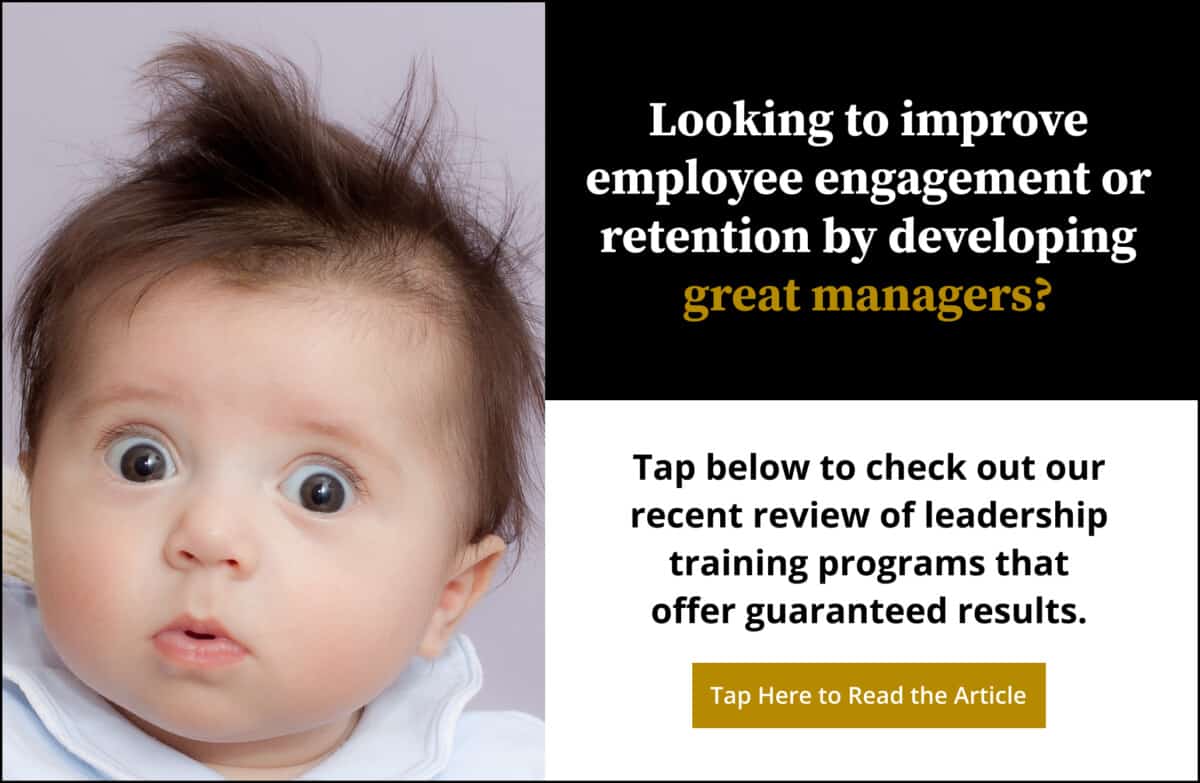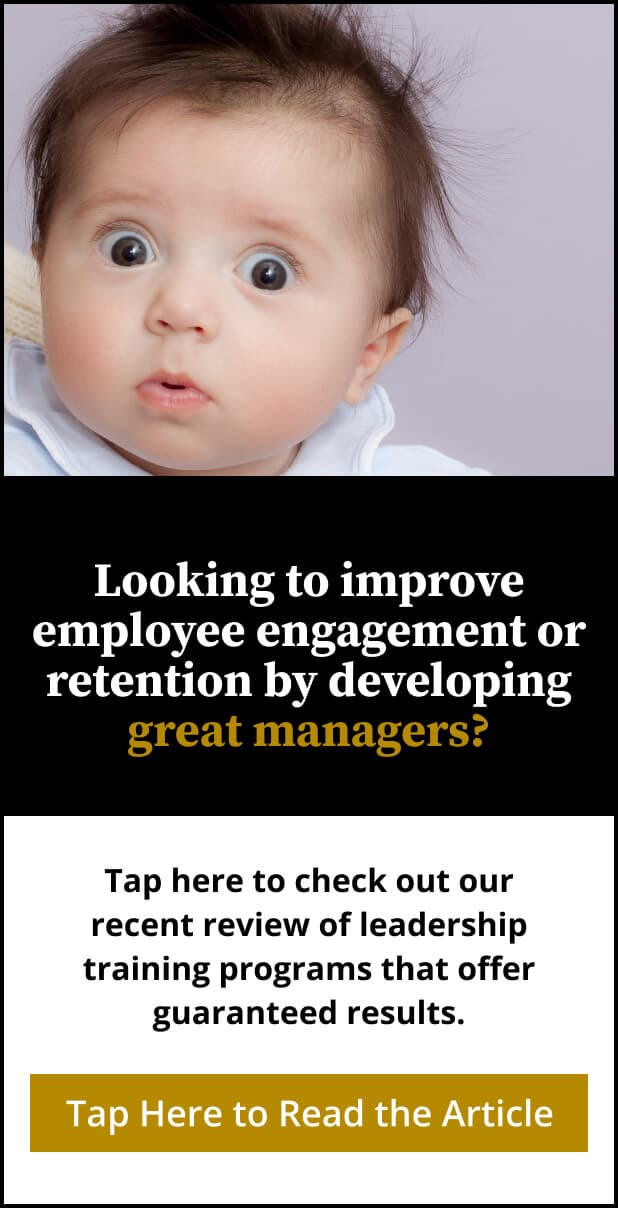Share:
Carol Schultz, Contributor

Employee retention is an urgent priority for today’s organizations—and it should be. According to a troubling report by Gartner, sky-high employee resignation rates are becoming permanent, hovering at levels nearly 20% higher than before the COVID-19 pandemic.
While retaining employees is a goal leaders say they strive for, most won’t succeed without a plan that puts the focus squarely on their organization’s talent. That requires developing a fundamental understanding of employee retention and the many benefits of maintaining high levels of retention in your organization.
When defining employee retention, it’s best to start with its most basic meaning.
Employee retention refers to the ability of an organization to hold onto its employees. At its core, employee retention is about keeping valuable employees in your organization for a predetermined length of time. This timeframe might be six months, two years, five years, 10 years, or even longer.
To win over and keep employees, leaders must first understand the different aspects of employee retention and then establish cohesive, talent-centric strategies upfront.


What Is Employee Retention?
Several factors determine retention timeframes, such as the job itself, whether you view the position as a stepping stone to another, whether your organization retains the same structure after a number of years, and so on.
Some positions, by nature, are short-term assignments. From the outset, your leadership team knows it wants a person in the role for a limited time.
This might include seasonal employees as you gear up for the holidays or a temporary increase in call center employees to meet market needs. These positions differ from roles that are critical to your long-term operations. For these key positions, employee retention is paramount.
Understanding your company and its employee structure beforehand will help guide your retention efforts. Once you’ve mapped this out, it’s time to look at employee retention’s four key components.
The Four Components of Employee Retention
Though this may sound counterintuitive, employee retention doesn’t start and end with your employees. It involves four components: leadership alignment, employee development, succession planning, and recruitment.
1. Leadership Alignment
Employee retention starts at the top with your leadership team. If you want to retain your best employees and create a vibrant workplace environment, then your leadership must set a tone that makes it so.
Executives and leaders must have a solid understanding of the company’s culture and vision and be aligned in how they deliver this message to employees.
When your leaders are on the same page, it trickles down to the other levels of the organization, creating a unified culture, vision, and work environment employees want to be a part of.
However, if your leadership team isn’t on the same page, with leaders and managers demanding different things from employees, your workers will feel like they can’t do their jobs or please anyone. And they won’t stick around.
The bottom line: Ensure your leadership is aligned and speaking with one voice.
2. Employee Development
Employees thrive on growth and opportunities for development. They may not always ask for promotions or the chance to hone their skills, but most will happily take on these challenges when offered, especially if doing so contributes to their professional growth.
Whether you’re looking to retain employees or hire new workers, ask about their expectations for the future.
How do they see themselves fitting in, growing, and developing? What do they need to get from point A to point B? Where do they see themselves in one, five, or 10 years?
While asking these questions may feel too blunt or direct, the answers will provide invaluable information while making your people feel valued and heard. Employees want to know that their company wants to see them grow and that its leadership will help them achieve their goals.
At the same time, by simply asking these questions, you’ll be creating a culture of feedback that allows your employees to speak freely.
When employees can be transparent and authentic (and not be put down for it), they’re more likely to want to stay with a company that makes them feel this way. Developing employees helps you improve your company and keep your people.
What should your company’s employee development plan include? Consider customized coaching for teams or providing learning allowances to departments or employees.
Teach people how to communicate. Send employees to conferences or pay for their continuing education. Incentivize your people to pursue professional development and promote those who do.
In short: Support your people’s need to succeed.
3. Succession Planning
Your succession strategy is what you’ll do when any key hire leaves.
Succession planning isn’t just for the CEO, which is what most people fixate on. It could be for anyone holding a critical position.
What if your head of sales leaves tomorrow? Or the head of human resources? Or a different chief officer? Your main software engineer? Think of any mission-critical role and what you’d do if it suddenly went vacant.
Employees just one step down from top executive positions will eventually need to be replaced, too. Most of your leadership team has probably had conversations about filling executive and senior positions, but succession planning must go beyond that.
We typically don’t put much thought into succession planning because we’re all busy working, but you’d better have a plan in place if your best talent leaves. Will you hire internally? If not, where would you look? Would you hire a search firm? Would you post a job and pray for a miracle?
One way to future-proof your succession strategy is to train employees at every level. Team training prepares everyone for jobs that will be available in the future. You’ll keep your employees in the pipeline, furthering employee retention.
Having a succession strategy also helps people get promoted, so it’s not just about filling suddenly vacant roles; it gives your best talent a chance to move up. It creates the potential for promotion and an opportunity for your current talent, which is a positive for your culture.
4. Recruitment
Your recruitment strategy is how you find, interview, and hire your A-players.
Every company’s definition of an A-player is different. Because of this, you can’t rely on an overview of the company and a bullet-point list to do the heavy lifting when creating job descriptions.
A description of the position must be adjusted and fine-tuned for every search. It’s important to get this right because how you interpret your recruitment conversations and interviews will all be based on whether candidates fit the description you’ve previously hashed out.
A great position description tells a candidate who and what a company is. It’s a sales pitch for your company where you paint a picture of why someone would want to come and work for you.
It answers the questions candidates almost always have regarding career and growth opportunities, culture, leadership, and your company’s track record. These descriptions are specific and clear out the ambiguity that leads to bad hires and high turnover.
Your position descriptions will also serve as a foundation for your interview questions. When interviewing candidates, have an in-depth and honest conversation. Ask skills-based questions that reveal whether the candidate fits each of the job’s requirements.
You’re looking to build a competency model, a candidate scorecard, and an understanding of if this person is the right fit for your company and its culture. Being the right fit is what will keep your new employee around.
Employee Retention Strategies Are Linked
Leadership alignment, employee development, succession planning, and recruitment aren’t mutually exclusive.
They’re all tied to one another; they’re distinct, but overlapping. If you miss the boat on one, you’ll have a hard time getting your employees to work together to reach your company’s goals.
Most of all, the key to getting employee retention right is to remember you’re developing people—not a nameless, faceless organization.


Why Is Employee Retention So Important?
Employee retention is important because it contributes directly to your financial returns and success as a company. When you keep your employees with you—moving them around as needed, either vertically or laterally—you won’t have to spend as much time and money on recruiting new people.
The cost of employee turnover is startling. Gallup estimates that the cost of replacing an employee is one-half to two times the employee’s annual salary.
This dollar amount factors in recruitment and training costs, operational inefficiencies and delays as new employees ramp up, the loss of organizational knowledge, and tanking employee morale and productivity.
Retention is also a crucial factor in boosting your customer service. Customers who see (or hear from) the same employees year after year know that the company must be doing something right.
Finally, the overall “mood” of your workplace is better and more productive when employees stick around.
If you were working for a company and constantly seeing high turnover rates, you’d probably feel worried about your future. At the very least, you’d have difficulty connecting with the other employees, being productive, and getting on the same page.
Why Your Employees May Be Leaving
If your company is currently facing talent-related problems, it’s most likely because you’re skipping at least one aspect of this four-part employee retention strategy.
Ask yourself:
- Have you aligned your top leaders? Do they set the right tone and deliver the same message?
- Do you offer coaching or professional training programs for your employees?
- Have you defined succession and promotion strategies, or is everyone left to scramble when an employee leaves?
- When you fill vacant roles, are you throwing warm bodies into empty chairs? Or did you take your time to fill positions with people who are the right fit?
- Once new employees are on board, do you treat them right?
According to a survey by redii.com, 68% of employees who quit attribute leaving to how they were treated at the job.
Poor communication, lack of trust, no chance for promotion, and feeling overworked and undervalued were all cited as top reasons for leaving. All these “symptoms” represent serious cultural issues.
The nightmare really sets in when you discover how quickly employees quit.
Research shows that employees walk out the door in significant amounts within the first six months. The first week alone has about 17% of new hires changing their mind, with each month after that seeing about that same rate. Hire 10 people, and by the end of the week, one or two leave.
Why? Here are just a few reasons:
- The work wasn’t what they thought it would be.
- Those new hires would rather have their manager—the person they’ll actually be working under—handle their onboarding rather than HR.
- Employees want more on-the-job training and, sometimes, a mentor to help them find their feet.
- They changed their mind, didn’t think the work was fun, or their new boss ended up being a jerk (the old bait and switch).
What does this tell us? There’s a necessary proactive component to a successful employee retention strategy. It requires being aware of which employees are at risk of leaving.
More employees start looking for new jobs on work anniversaries. Other life milestones, such as birthdays, are also linked to spikes in job hunting. Being proactive means you know this happens, and you take action long before your best talent announces they’ve been offered a different job.
If you reach that point, all you have left in your toolbox is a counteroffer, and research shows that half of the employees who take a counteroffer still leave within the following year.
Creating the Right Strategy Takes Time
Everyone on your executive team should be involved in creating your employee retention strategy.
Have you all sat down and discussed what kind of strategy you currently have? Have you defined it? Have you taken action to ensure what you say about your company is a reality?
It takes time to create the strategies that build strong employee relationships—but it’s worth it.
Just like in a marriage of many years, a couple can predict what the other person is thinking or going to do after a while.
The same applies in a company where employees have been working together in a united culture. They work seamlessly together, know what to expect, and understand your organization’s end goals.

CAROL SCHULTZ, founder and CEO of Vertical Elevation, is a talent equity and leadership advisory expert with 30 years in the business. She’s helped hundreds of companies transform their organizations and create sustainable, talent-centric cultures that run at maximum efficiency. Her new book is Powered By People: How Talent-Centric Organizations Master Recruitment, Retention, and Revenue (and How to Build One).


